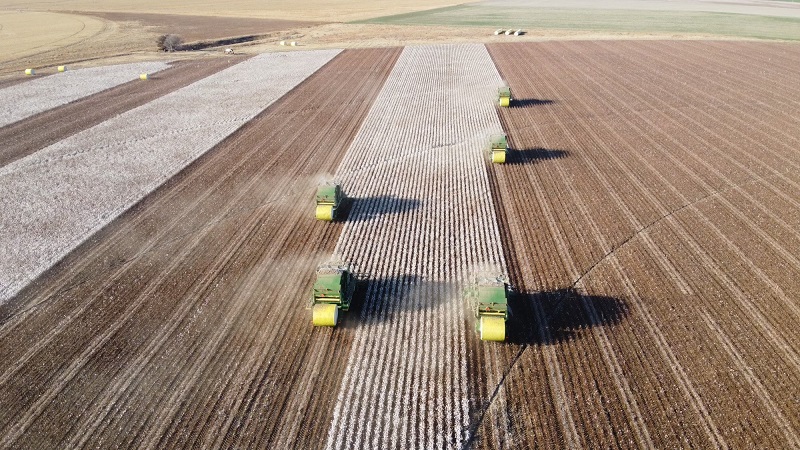The New Frontier in Nematode Control
From Cotton Grower Magazine – July 2014
Talk to experts about the history of nematodes in the United States, and it isn’t long before the word Temik comes up. There’s no denying the monumental impact the product had on the industry.
In fact, when it comes to nematodes, the whole of U.S. cotton history could arguably be split up into Before Temik (B.T.) and After Temik (A.T.). Unfortunately for U.S. producers, we now live in the latter era.
In 2010, Bayer announced it had cancelled re-registration of the aldicarb product, citing an agreement with the Environmental Protection Agency. Terms of the agreement called for the company to cease selling the product by the end of 2014. Ultimately, cotton producers will be searching for new solutions to combat cotton’s most troubling pest.
But options were even more limited for U.S. cotton growers in the years before the product hit the market.
“Prior to Temik, growers had limited options for nematode control,” says David Becker, Bayer U.S. breeding lead for cotton. “In recent years, only a limited number of nematode-tolerant varieties were available. But that is changing with the planned introduction of new nematode-tolerant varieties over the next few years.”
While crop rotation and various crop protection applications (on-seed or otherwise) continue to provide help, growers are now beginning to look to the seed varieties themselves for relief against the damaging pest.
For Bayer, that shift toward developing nematode tolerance through cotton breeding has already begun paying off. A recent release, FM 2011GT, demonstrated strong tolerance to root knot nematodes. Now the company is evaluating multiple experimental lines from the same genetic background that will be paired with the GLT trait package.
“The loss of Temik did increase the work that we were doing to develop nematode-tolerant varieties,” says Becker. “And important to us in developing nematode-tolerant varieties are our molecular breeding capabilities. These capabilities allow us to add traits like nematode tolerance much more effectively, and we’re able to bring these products to the market much more efficiently. Using molecular markers, we are able to focus on yield and fiber quality while maintaining nematode tolerance.” Specifically, breakthroughs involving molecular markers have been a huge advancement in work done in cotton breeding.
“The major genes that confer nematode tolerance have been available for use in cotton breeding for some time,” says Becker. “But now we’re able to precisely track and maintain those genes within our variety development processes.”
Becker says the current work by Bayer on developing nematodes-tolerant varieties in cotton is “native trait work” and does not involve genetic modification. For cotton breeders like Becker, the focus, as always, is ultimately on yield.
“Yield potential remains our top priority and focus, but yield protection through our native trait research and breeding is also an important objective for us in the long term,” Becker says.
Researchers from across the industry are quick to draw a distinction between nematode tolerance and nematode resistance. The goal, for now, is to continue to develop varieties that display increased tolerance to one of cotton’s most costly and troublesome pests.









